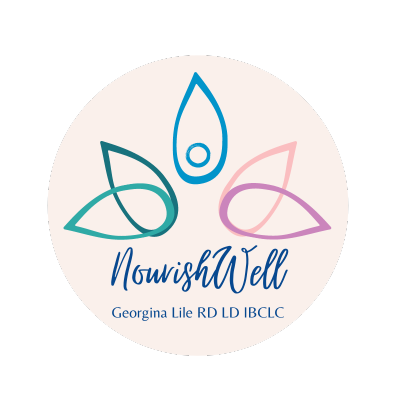Troubleshooting Your Breastpump: Why Your Pump Might Be Losing Pressure
I hear from a lot of moms that feel like their pumps are losing pressure. Maybe the suction doesn’t feel as strong as it once did. Maybe pumping output is diminishing and they are worried it could be pump related. Let’s talk about pump suction strength and trouble shooting your pump.
Breast pumps come in different suction strengths (vacuum pressure). This is measured in mmHg and typically range between 150 - 350 mmHg. This refers to the highest level of pressure a pump can achieve while single pumping (double pumping will decrease pressure). Most women will comfortably pump between 150 and 220mmHg. It is not always necessary to choose a high pressure pump. Pressure needs depend on why and how often you are using a pump. Lower pressure pumps work great for occasional pumping or working part-time. For use multiple times per day on most days or exclusive pumping, it is best to use a pump that can achieve higher pressure. Using a lower pressure pump for exclusive pumping can cause the motor to wear out more quickly.
An incorrect flange size can impact suction, since proper suction is dependent on having correct contact with the nipple and breast tissue. You may also experience discomfort with the wrong flange size. With a good flange fit, your nipple is centered in the tunnel and able to move in and out. It should fill the tunnel. If your areola is going into the tunnel, then your flange is likely too big.
Your external pump parts can wear out over time and cause loss of suction. Diaphragms and duckbills can wear out. Tubing can develop tiny openings from being crammed and crimped into a pump bag over and over again. You can order new parts for your pump and see if suction improves.
Over time pump motors age and can lose efficiency/suction strength. If you’ve changed your parts and that doesn’t seem to help, consider the age and warranty of the pump. Some pump motors are built for average use with a single baby and will begin wearing out as they approach warranty expiration. Others, like hospital grade pumps are meant for rigorous use with multiple users.
Many lactation consultants have a pressure gauge. Breast pump effectiveness is evaluated by measuring the vacuum of the pump with a pressure gauge, an instrument that measures negative pressure. The gauge needle points to a number from 0 to 450 mmHg. The reading on the gauge is then compared to a standard range for the specific breast pump that is being tested, to determine whether the pump is performing adequately or not.
It is a good idea to have a pump consult with an IBCLC to have your pump pressure checked if you have tried changing parts and feel that your pump is still not performing. An IBCLC is familiar with many styles of pumps and their normal function and life. Your IBCLC can also help you select a pump, observe you pump, help with proper flange fitting and assist you with a pumping plan to improve your output if needed. Please contact me at glile@nourishwell.online if you would like to schedule a pump consult.
GEORGINA LILE IS AN IN-NETWORK PROVIDER FOR AETNA
Many Aetna plans cover up to 6 visits with a lactation consultant if you need support with breastfeeding or a prenatal breastfeeding class; with no out-of-pocket cost to you.
During the Covid-19 pandemic, Aetna is covering virtual lactation care from an in-network provider like myself at no cost to you.
She also accepts some Blue Cross Blue Shield, Cigna and United Plans through Lactation Network. Coverage varies.

